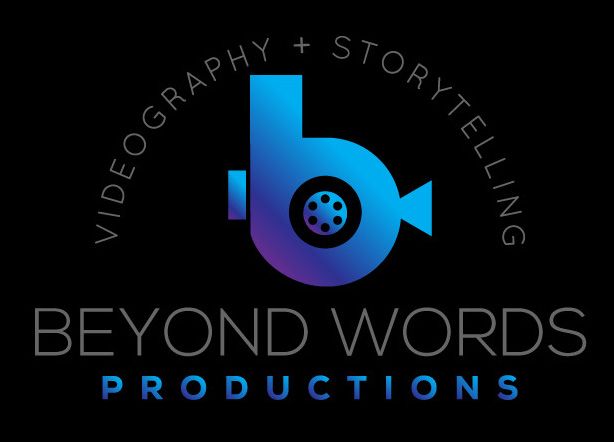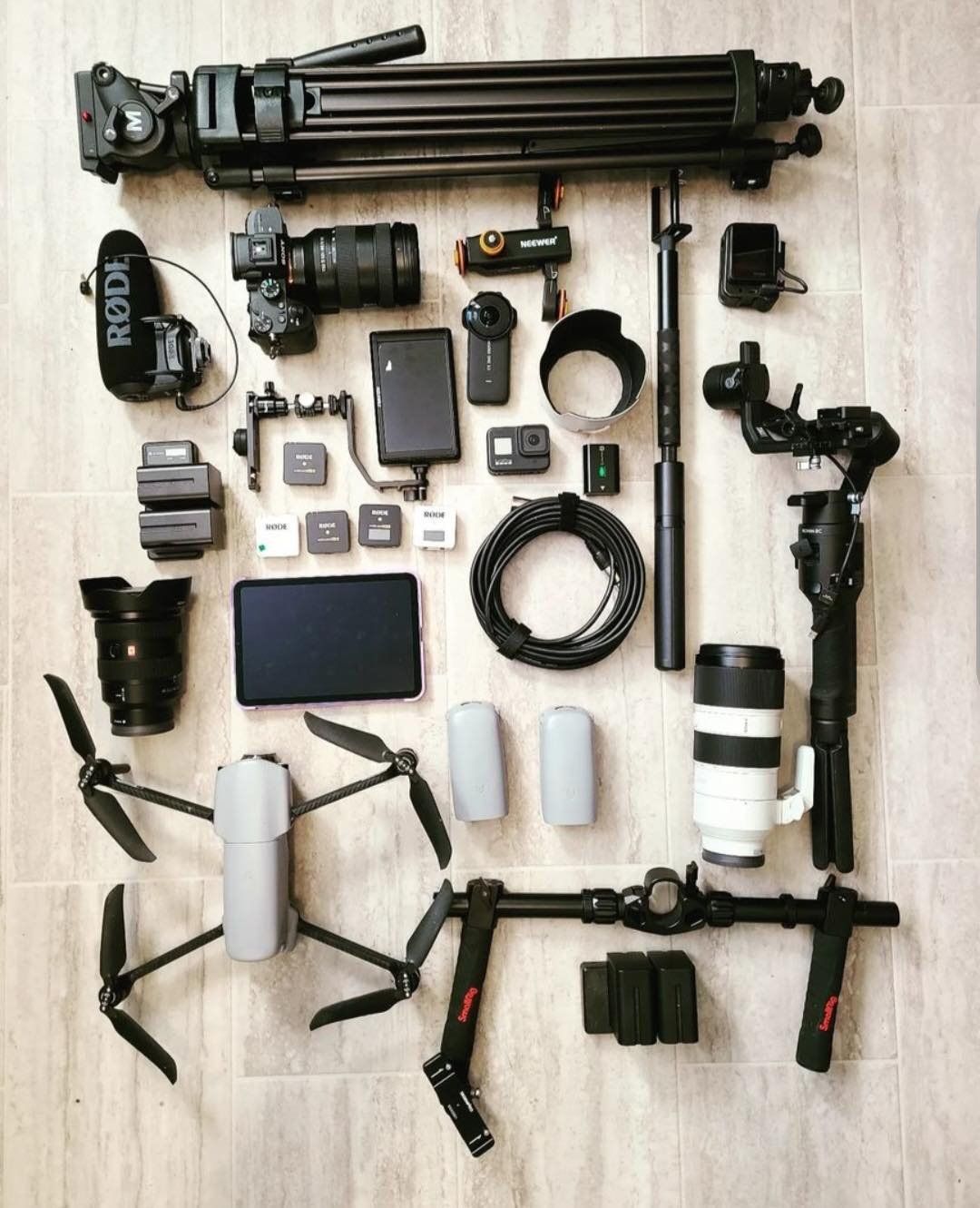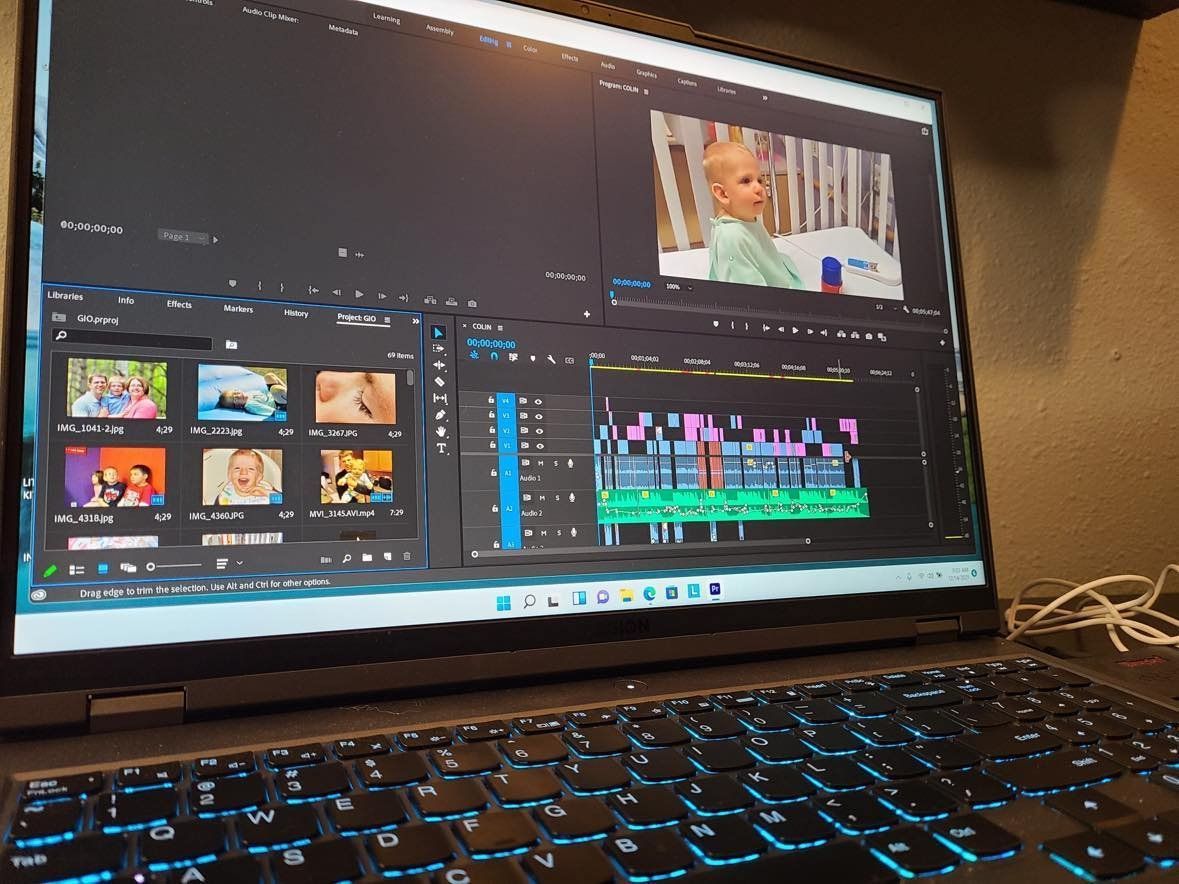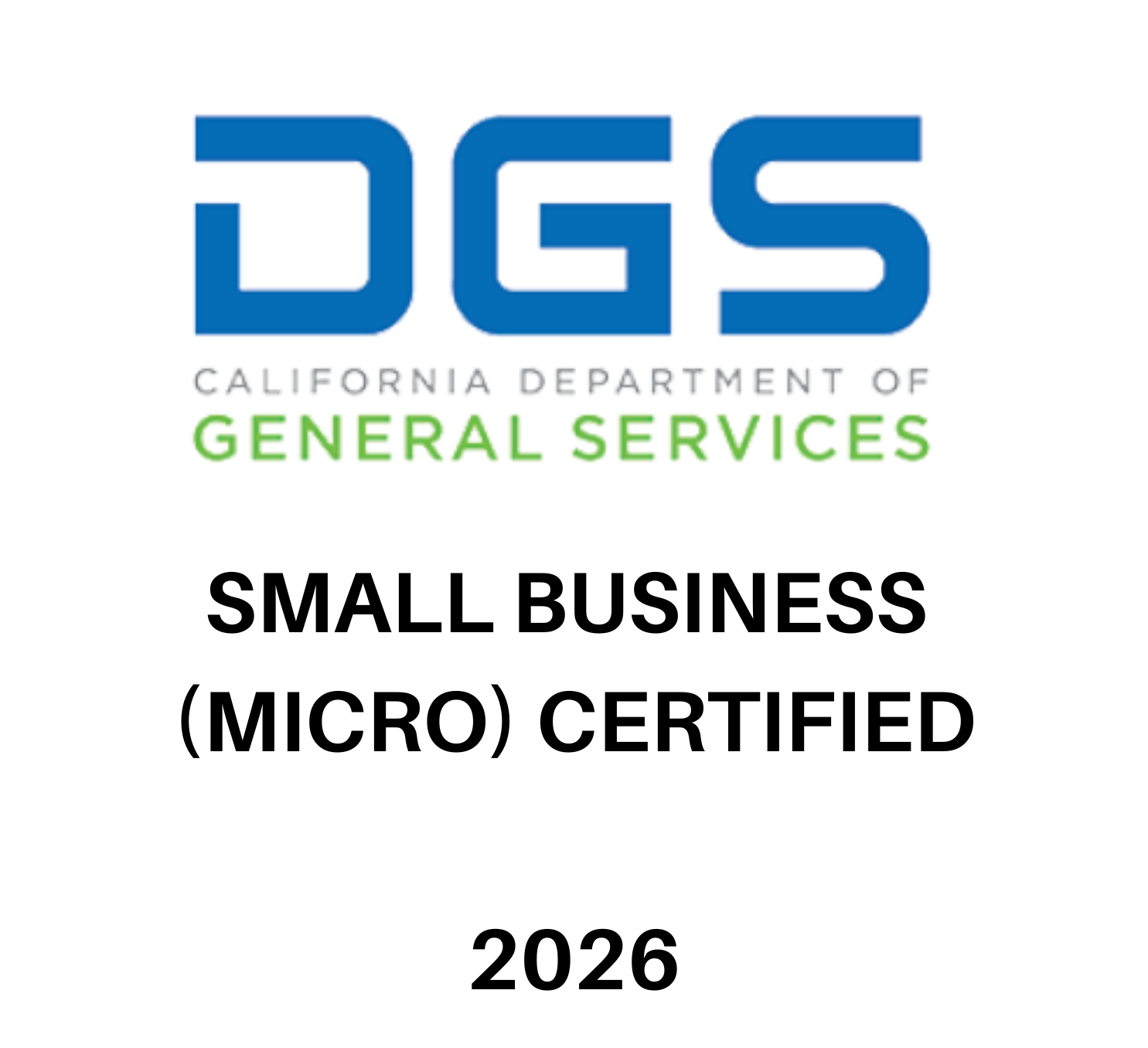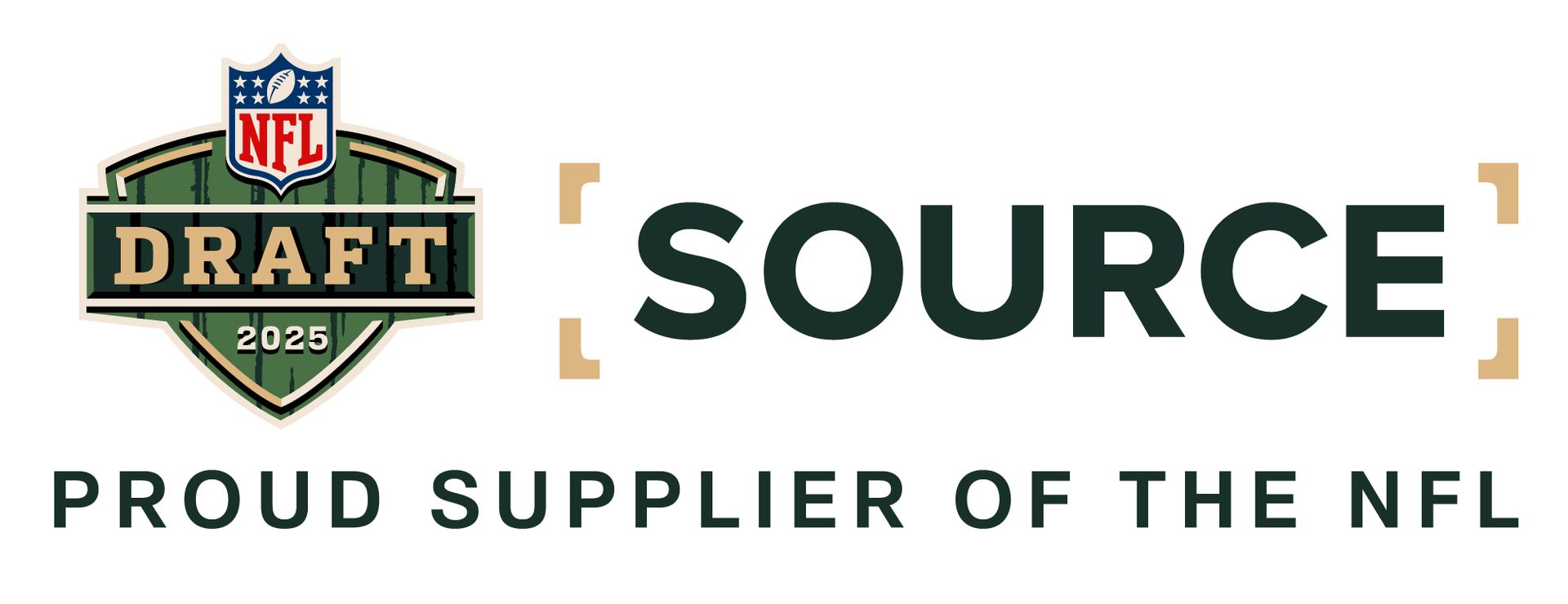Videography vs. Photography
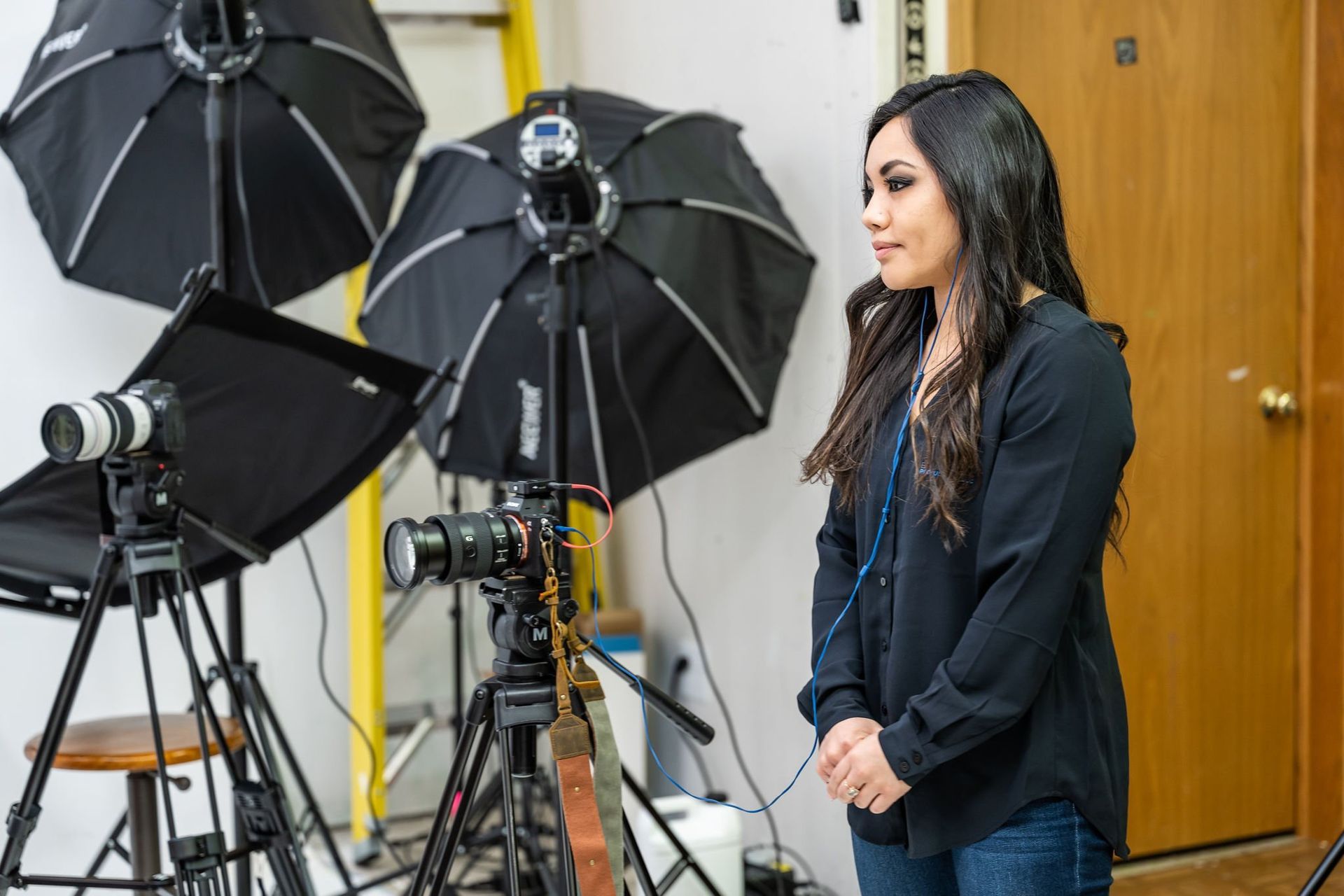
I often get asked if I can also take photos or do headshots for people as a videographer. The simple explanation: Can I PHYSICALLY do it with my camera? Yes. Am I trained or skilled at it OR do I brand myself as a professional photographer? No.
There’s a bit of a misconception around the video and photo world. What’s the difference between videography and photography? A lot of people think that because both fields require a nice camera and nice lenses, that the two are interchangeable. Although there are some people out there who do BOTH art forms, many do not and they often stick exclusively to one or the other. Here are some key differences in the art forms:
Videography:
1. Motion and Time: Videography captures a sequence of moments in a continuous stream, allowing viewers to experience the passage of time. This medium is perfect for documenting events, telling stories, and conveying dynamic narratives.
2. Emotion and Sound: Videography excels at evoking emotions through the combination of moving visuals and audio. It can transport the audience into the heart of the moment, utilizing dialogue, music, and ambient sounds to enhance the storytelling experience.
3. Storytelling: Videography shines when it comes to in-depth storytelling. It allows for character development, plot progression, and exploration of various angles and perspectives, creating a more immersive narrative.
4. Challenges: However, videography can be challenging due to its need for stable footage, smooth transitions, and post-production editing. The equipment can be bulkier and more expensive, requiring additional skills in video editing.
Photography:
1. Single Moments: Photography captures a single moment frozen in time. It excels at highlighting the beauty of a single frame, emphasizing details, emotions, and aesthetics.
2. Simplicity and Versatility: Photography is often more straightforward and accessible. With just a camera and a keen eye, photographers can capture powerful images in various conditions, making it a versatile choice for documenting the world.
3. Creativity and Composition: Photography relies heavily on composition, framing, and lighting to create visually compelling images. It allows photographers to focus on the smallest details and produce striking visuals with the right technique.
4. Limitations: On the downside, photography may not capture the full depth of a moment or story, as it only presents a single slice of time. It might require more creative interpretation by the viewer.
The similarities:
Both are forms of visual storytelling that have the power to capture the essence of moments, evoke emotions and take you to places in time you’ve never been. They also both require nice cameras to produce such results. But they are two VERY different skillsets that require hundreds of hours of work and skill to be able to do professionally.
It took me six years as a TV news reporter, filming and editing all of my own stories and seeing failures and successes play out to get to the level of storytelling I’m at today. Even after I left the TV world, shooting for a newscast is very different than shooting for businesses’ video storytelling purposes. So, even after I launched my own business, it was still a learning curve to see what skills I needed to adjust to meet the market I was providing services for.
So many people would ask me at the beginning of launching my biz if I would do photoshoots too. At first, I agreed. I needed to generate income.
I took photography training classes, practiced taking still photos, etc. It just didn’t speak to me the same way video did. I’ve asked my photographer friends how they feel about doing video and they feel the same way. It’s just a whole new beast that we don’t share the same passion for. And that’s okay! Because that’s how referrals end up being shared amongst us and it brings BOTH of us enough business to keep us passionate about the work we’re doing.
I genuinely applaud the folks out there who are skilled at doing BOTH and offer both services to their clients. It’s a great model and brings them even more business opportunities!

Madison: 608-620-5017 | Sacramento: 916-698-2931 | Email: jamie@beyondwordsproductions.com
Business Hours:
- Mon - Fri
- -
- Sat - Sun
- Closed
